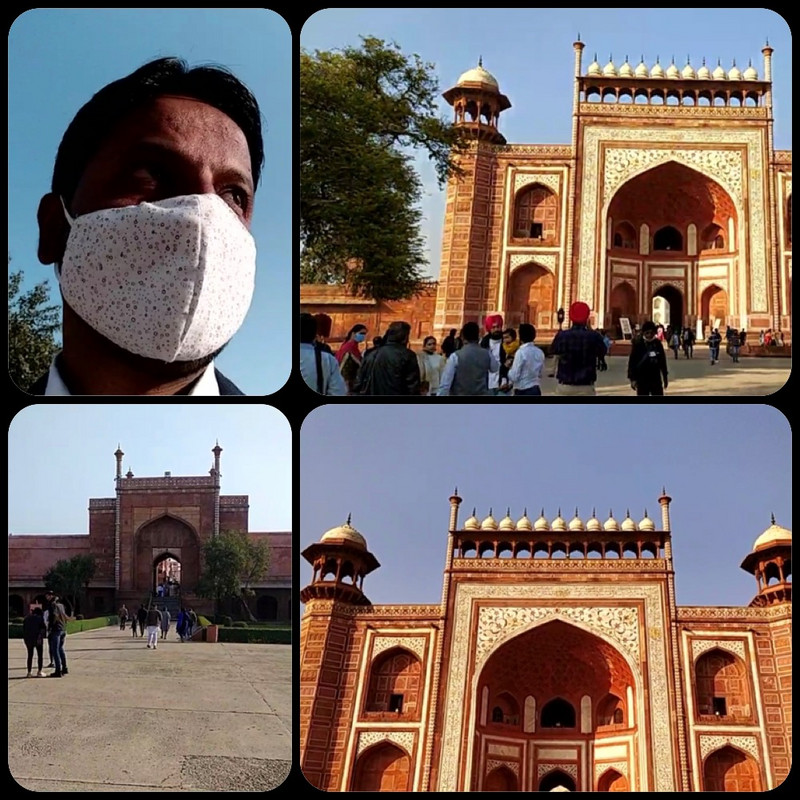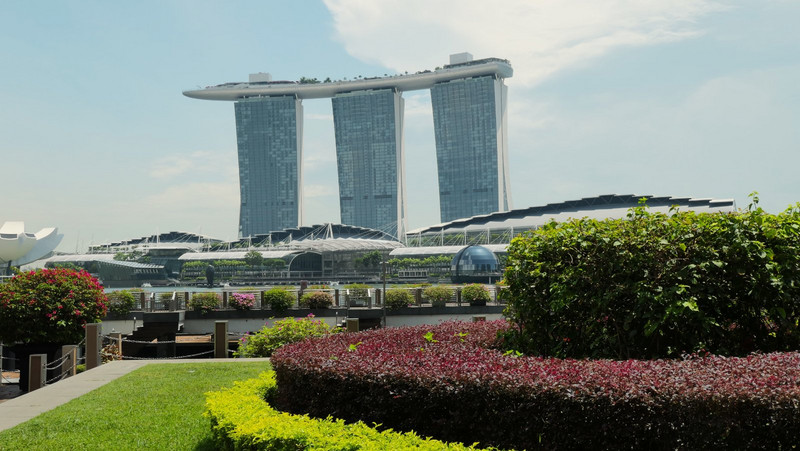The Taj Mahal located on the right bank of the Yamuna River is in an area covering nearly 17 hectares.
It was built by Mughal Emperor Shah Jahan in memory of his wife Mumtaz Mahal with construction starting in 1632 AD in 1648 AD, with the mosque, the guest house and the main gateway on the south, the outer courtyard and its cloisters were added subsequently in 1653 AD.
The Taj Mahal is a perfect symmetrical planned building.The building material used is mortar veneered with red sandstone and marble and inlay work of precious/semi precious stones. The mosque and the guest house in the Taj are built of red sandstone in contrast to the marble tomb in the centre.
The first thorough cleaning of the Taj Mahal to remove the yellow discoloration from pollution and restore the marble to its original brilliant white color occurred in 2018. To achieve this, a natural clay paste was applied to the monuments exterior.
of the main dome remains and is planned to be undertaken in stages, starting from the front of the monument.
We entered through the Southern Gate, red sandstone covered brick with fine calligraphy work of Quranic verses and a total of 22 tiny white domes signifying the years spent on its construction.
We made our way forward and learnt about the garden in front of the monument, based on The Garden of Heaven concept imported from Persia by the Mughals.
The symbolism of these gardens is derived from mystical Islamic texts describing paradise as a garden filled with abundant trees, flowers and plants, water playing a key role. There are 53 fountains in the gardens.
At the centre of the garden, halfway between the tomb and the gateway, there is a raised marble lotus tank.The tank has been arranged to perfectly reflect the Taj in its waters as you can see.









